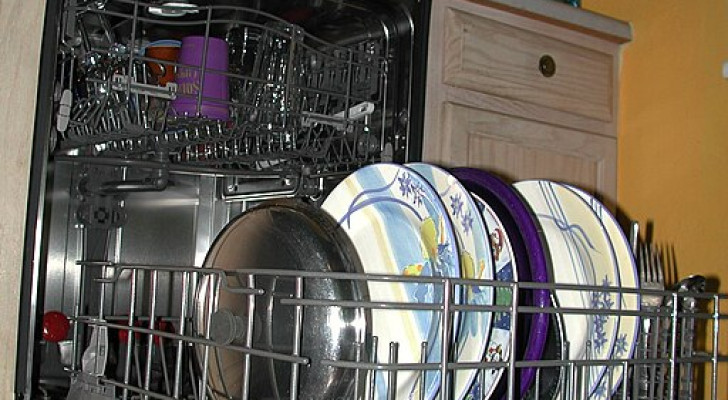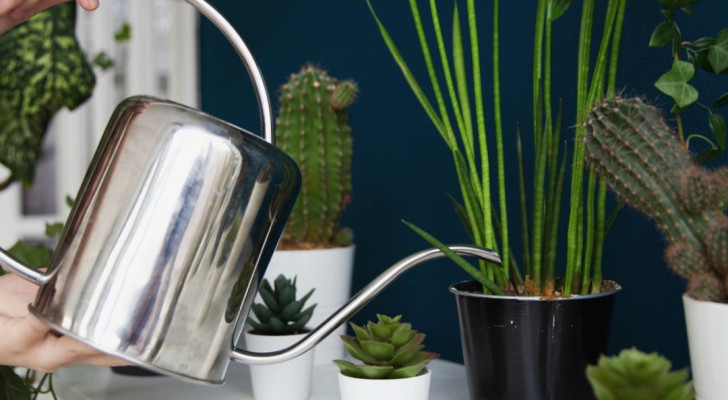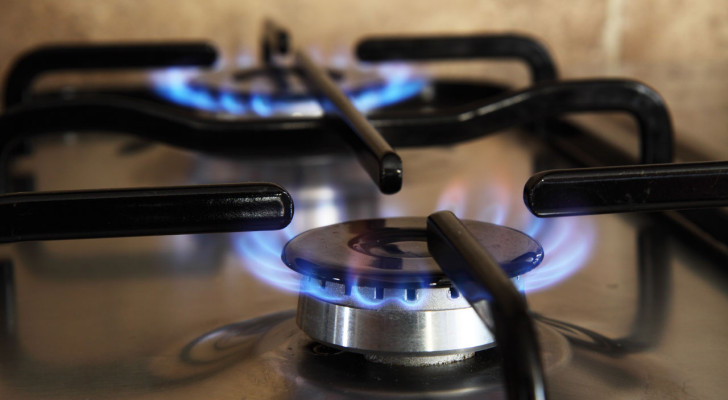Orchids in the summertime: how to they thrive, even in the scorching heat
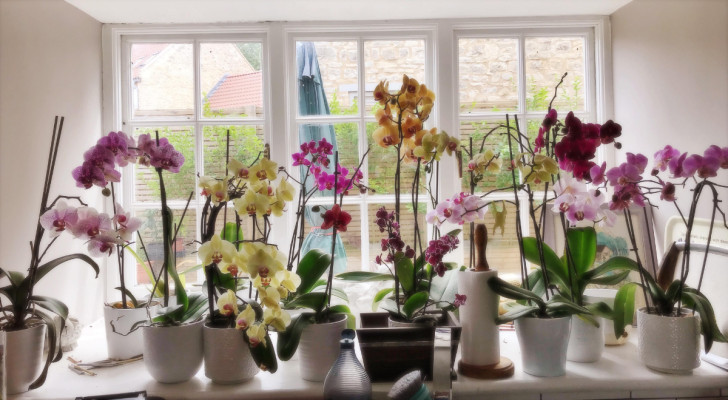
Amongst the most beloved of ornamental/decorative flowers, orchids are at the top of the list. But when summer arrives, orchids may need some extra care to be properly protected from the heat and blazing sun.
Positioning, watering and fertilizing all need to be modified according to local conditions to ensure orchids continue to thrive.
Below, we outline some valuable information which will help you take care of your orchids during summertime.
Positioning
Orchids thrive in temperatures between 18 and 26 degrees C and in environments where they receive filtered sunlight. Given this, you need to pay particular attention to where you position/place your orchids:
- If you choose to move or have your orchids outdoors, the ideal place for them is under the shade of tall trees or in a shaded area of a porch or balcony. If you notice that their leaves take on a red color, this means they are being exposed to too much direct sunlinght;
- If you grow orchids in your home, you will need to pay attention to changes in the ambient temperature and keep them away from drafts (ie. too near to air conditioning units, fans, dehumidifiers and open windows).
Watering
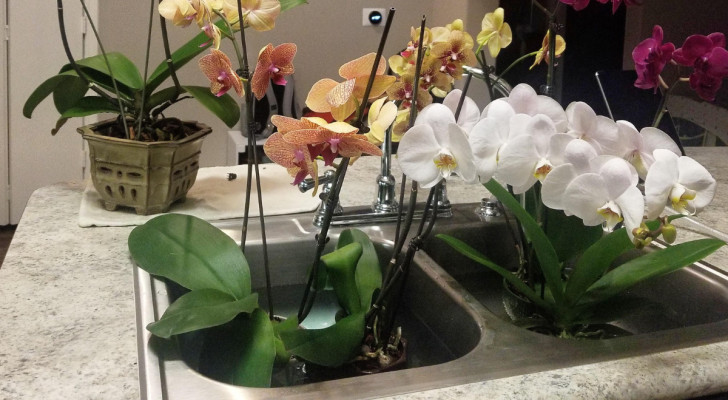
Of course, orchids also have special needs in terms of humidity levels and watering:
- Ensure your orchids have an ambient humidity level above 50%. Do this by placing their pots on trays filled with pebbles and wet these with water (which, in turn, will keep humidity levels optimal);
- Another useful method for maintaining the correct humidity, is to spray the leaves regularly, but taking care to avoid any water stagnating;
- Water your orchids approximately every 2-3 days if they are outdoors, every 4-5 days if they are indoors. Ensure you do not waterlog your plants, as this will lead to root rot. The best way to water your orchids is to immerse their pots for about 10 minutes in distilled or rain water, then allow to drain to remove any excess water. This method of watering will saturate the substrate, preventing dehydration;
- To determine when to water your plants - especially if you're not sure - check out their roots and bark: watering is necessary when the roots are gray or silver in color and/or the bark has turned a light color.
Fertilizing and parasites
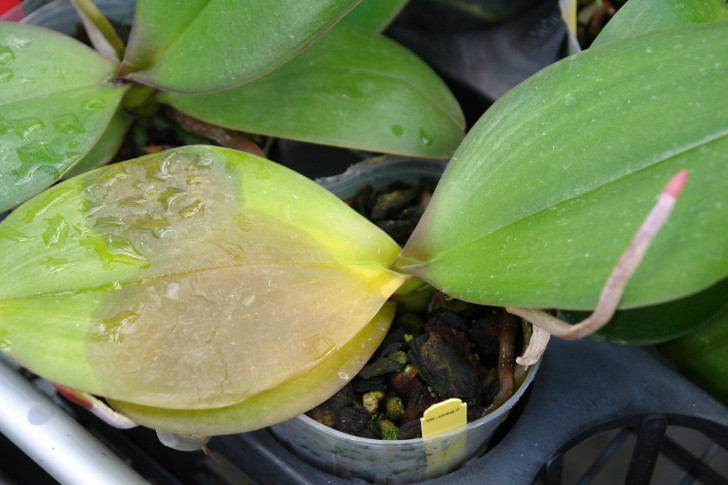
Since summer is the growing and flowering period for orchids, they can benefit from being fertilized - but be careful not to overdo this:
- Fertilize using a orchid-specific fertilizers, and using half the recommended dosage during/immediately after being watered; alternatively, use slow-release fertilizers, again at half the recommended dosage. In the former case, do one watering per month using water only in order to flush away any excess minerals in the substrate;
- If you prefer to use an all-natural or DIY fertilizer, you can dilutecoffee grounds in the water or make a fertilizer by fermenting banana peels in water.
In summer, parasites can attack your orchids (in particular, aphids and scale insects), and this must be dealt with immediately. In the case of scale insects, you can remove them manually by using a moistened cotton swab. Aphids can also be removed manually or by using all-natural remedies (for example, neem oil) or commercial chemicals (for example, an insecticidal soap purchased from a nursery).
Taking these steps, your orchids will thrive during summertime!
